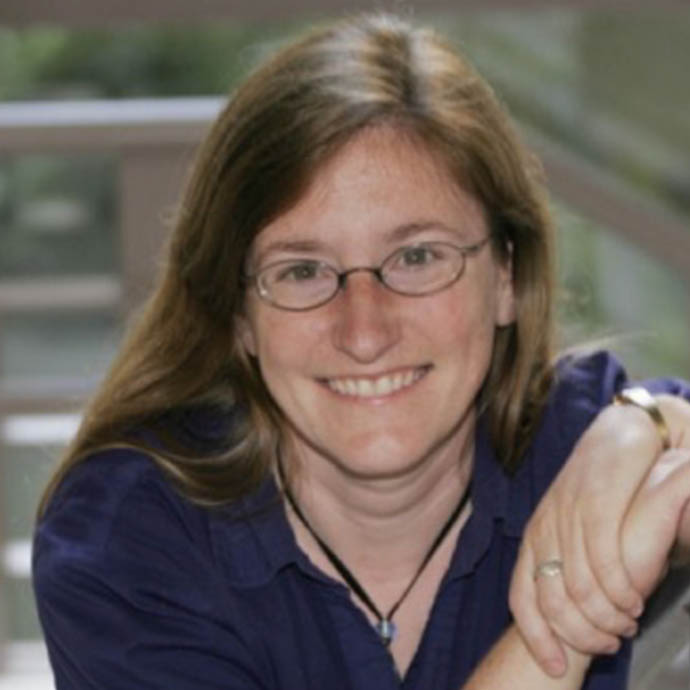How is a cell created from its molecular constituents? Individual proteins are typically only a few nanometers in size. Without a blueprint or an architect, these tiny molecular parts organize themselves in a dynamic and self-correcting manner to form precise cellular structures that may be four or five orders of magnitude larger. Understanding the proper spatial and temporal arrangement of macromolecules in cells, the large-scale coordination of their functions, and the choreography of their movements requires the discovery of organizational principles and mechanisms that work at a cellular scale, over the rapid time-frames consistent with life processes. My research group explores the mechanics and dynamics of cell self-organization and movement in a variety of cells ranging from bacteria to fish skin cells. A strength of my group’s work is its highly interdisciplinary nature, bridging cell biology, microbiology, and biophysics.
Awards and Achievements
- MacArthur Fellowship
- HHMI Investigator
